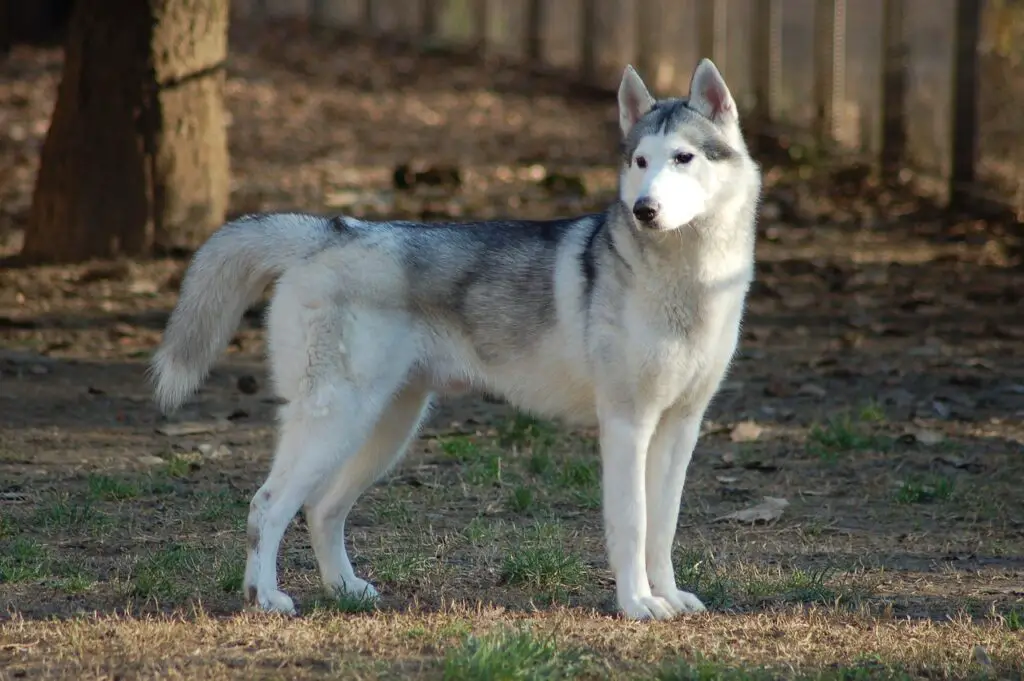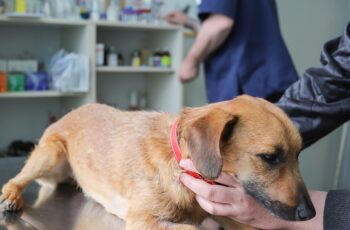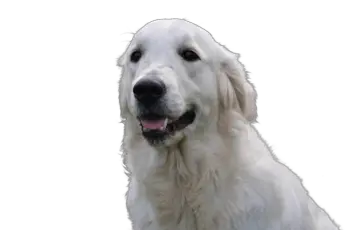If you’re interested in breeding Siberian Huskies, you should understand that it’s easier than breeding other breeds. This is due to the breed’s balanced anatomy and excellent health condition.
Moreover, this breed is very good at pulling loads and working. It can perform very well in subzero temperatures. Therefore, you must try to fulfill the dog’s natural drive.

The Size Of The Litter
The size of Siberian Huskies litters ranges from 4 to 8 puppies. Most have 6. The health of the male and female is essential. The mother’s size and diet also influence the size of the litter. Her inbreeding coefficient plays a considerable role.
Whelping Issues
This often occurs without human intervention. The C-section rates for huskies are low. The dog’s anatomy does not pose obstacles. However, you ought to be very vigilant during the whelping process.
This will significantly reduce birth complications and loss of puppies. Also, attend the vet’s office regularly while the husky is pregnant. This will position you where you can respond to any problems.
Breed Colors
This breed offers a wide variety. They may be pure white, gray/white, copper, charcoal, sable, piebald, red, or agouti.
For the eye color, we have blue. However, there are also dark eyes or a combination of different eye colors. The only AKC disqualification for the breed is along the lines of its size. This dog was bred to be a medium-sized agile dog. This breed standard disqualifies dogs that are taller than 23 ½ inches and bitches taller than 22 inches at the withers. Any responsible breeder should maintain these numbers.

Sledding And Working Programs
This dog was bred to work, and owners know this. In arctic environments, these dogs play a huge role. The parent club runs five programs in the US, each designed to continue the breed’s original functions.
Sled Dog Class At Speciality Shows
This is the first program during which dogs are tested by pulling a sled over a set distance and weight. The winners are awarded certifications and awards. The parent club keeps the awards and certifications for the dogs. The event is fun-filled and allows people to exhibit their dogs.
The Sled Dog Degree Program
This program involves teams of dogs displaying their agility in harnesses. The number of dogs ranges from six to ten. The dogs pull the sled over a specific mileage and race for time. The winners receive awards and certifications.
The Working Pack Dog Program
This is for people who live far from Alaska’s snow banks. Dogs can earn achievement awards by carrying weighted packs on various trail lengths. They are provided with an incentive for working and also get awards.
Grooming
They have a coat that can withstand extreme temperatures of up to -30 °F. It consists of a thick undercoat and a top layer of guard hairs.
They are born with a short, fuzzy coat that lasts until they reach adulthood. During adulthood, they lose this coat, which is replaced with a bi-layered coat.




